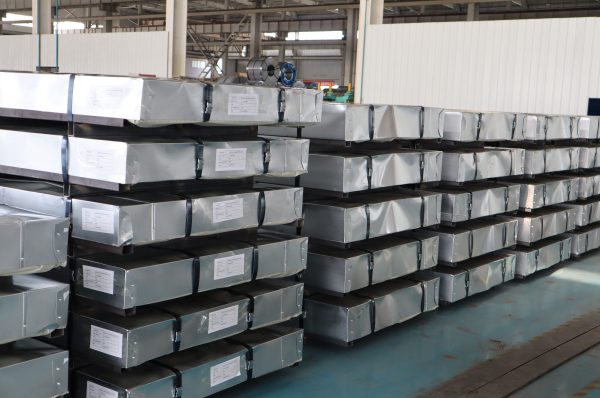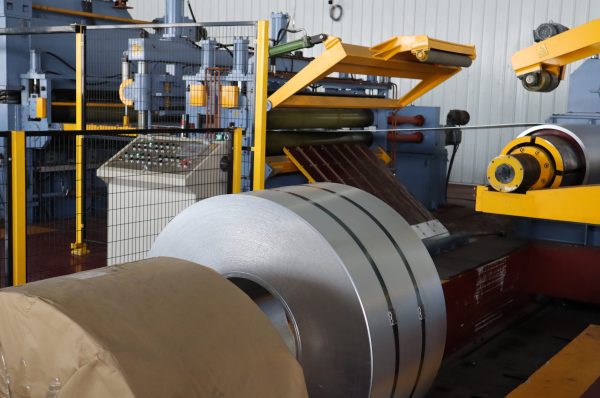Automotive steel plays a crucial role in the automotive industry, providing the structural integrity, safety, and aesthetic qualities required in modern vehicles. The steel used in automotive manufacturing is specifically designed to meet rigorous performance standards, including strength, ductility, and resistance to various environmental conditions. This article provides an overview of common grades of automotive steel, highlighting their specifications and typical applications.
1. AHSS (Advanced High-Strength Steel)
AHSS is a broad category encompassing several steel grades with enhanced strength and performance compared to traditional steels. AHSS includes several sub-grades, each designed to offer specific benefits:
- DP (Dual-Phase Steel): DP steel combines high strength with excellent formability. It features a microstructure of ferrite and martensite, providing both strength and ductility. DP steels are commonly used in automotive structural components, such as doors and bumpers, to enhance crashworthiness and safety.
- TRIP (Transformation-Induced Plasticity Steel): TRIP steel offers high strength and excellent ductility due to its unique microstructure that transforms during deformation. It is used in parts that require superior impact resistance and energy absorption, such as automotive chassis and crash zones.
- MS (Martensitic Steel): MS steel is characterized by its high tensile strength and hardness, making it suitable for parts that need to withstand significant stress. It is often used in critical safety components like bumpers and reinforcements.
2. HSLA (High-Strength Low-Alloy Steel)
HSLA steels are designed to provide higher strength than conventional carbon steels while maintaining good formability and weldability. These steels contain small amounts of alloying elements such as chromium, molybdenum, or vanadium, which enhance their mechanical properties. HSLA steels are commonly used in automotive frames and chassis, offering a balance of strength and weight.
3. IF Steel (Interstitial-Free Steel)
IF steel is known for its excellent formability and surface quality. It is produced by reducing the amount of carbon and other interstitial elements, which improves its ductility and surface finish. IF steel is often used in exterior body panels and automotive trim, where smooth surfaces and ease of shaping are crucial.
4. ECS (Electrogalvanized Steel)
ECS is coated with a thin layer of zinc through an electroplating process, providing corrosion resistance while maintaining a high-quality surface finish. It is often used for automotive body panels and components that require both protection from rust and an attractive appearance. The electrogalvanizing process ensures a uniform coating that adheres well to the steel surface.
5. GIGA (Galvannealed Steel)
GIGA is a type of galvanized steel that has been heat-treated to create a zinc-iron alloy coating. This coating enhances the steel’s corrosion resistance and improves paint adhesion. GIGA is commonly used in automotive parts that require both durability and a high-quality painted surface, such as exterior panels and structural components.
6. SAPH (Steel for Automotive Pipes and Hollow Sections)
SAPH grades are designed specifically for use in automotive pipes and hollow sections. These steels provide good weldability, formability, and strength, making them suitable for exhaust systems, chassis components, and other tubular parts. Common SAPH grades include SAPH310, SAPH370, and SAPH400, each offering varying levels of strength and performance.
7. Dual-Phase (DP) Steel
Dual-phase steel, as mentioned earlier, combines high tensile strength with excellent formability. It is used extensively in automotive manufacturing for structural components that require a combination of strength and flexibility. The dual-phase microstructure allows for superior energy absorption during impacts, making it ideal for safety-critical applications.
8. Stainless Steel
Stainless steel is sometimes used in automotive applications where corrosion resistance and high durability are essential. Although not as common as other automotive steels, stainless steel can be found in exhaust systems, trim components, and underbody parts exposed to harsh environments.
Conclusion
Automotive steel grades are engineered to meet the diverse requirements of modern vehicle design, from safety and strength to formability and aesthetics. Whether using advanced high-strength steels like DP and TRIP, high-strength low-alloy steels, or specialized coatings like ECS and GIGA, each grade plays a critical role in ensuring the performance, safety, and longevity of automotive components. Understanding the characteristics and applications of these steel grades helps manufacturers select the most suitable materials for their automotive needs, ultimately contributing to the development of high-quality and reliable vehicles.



